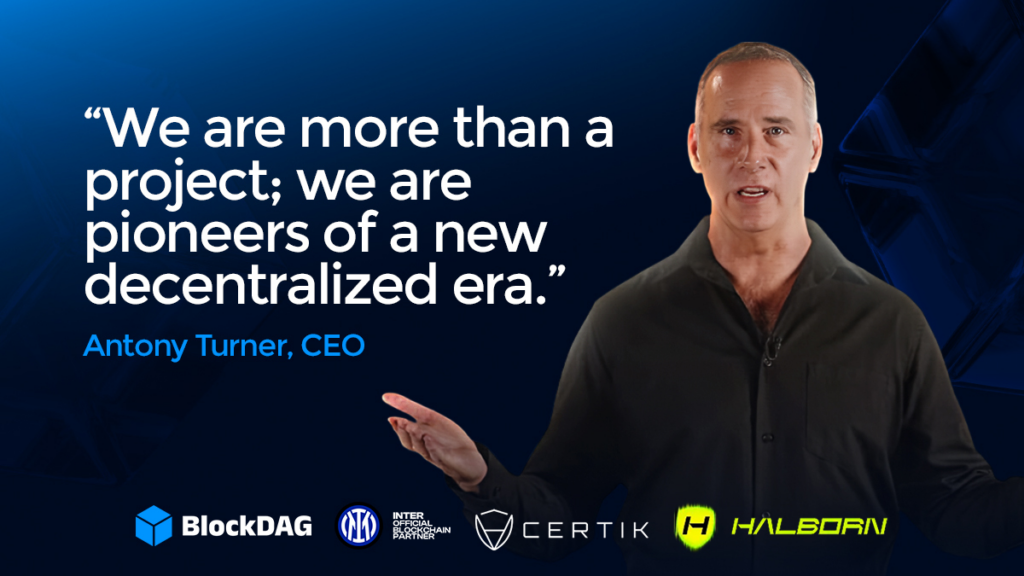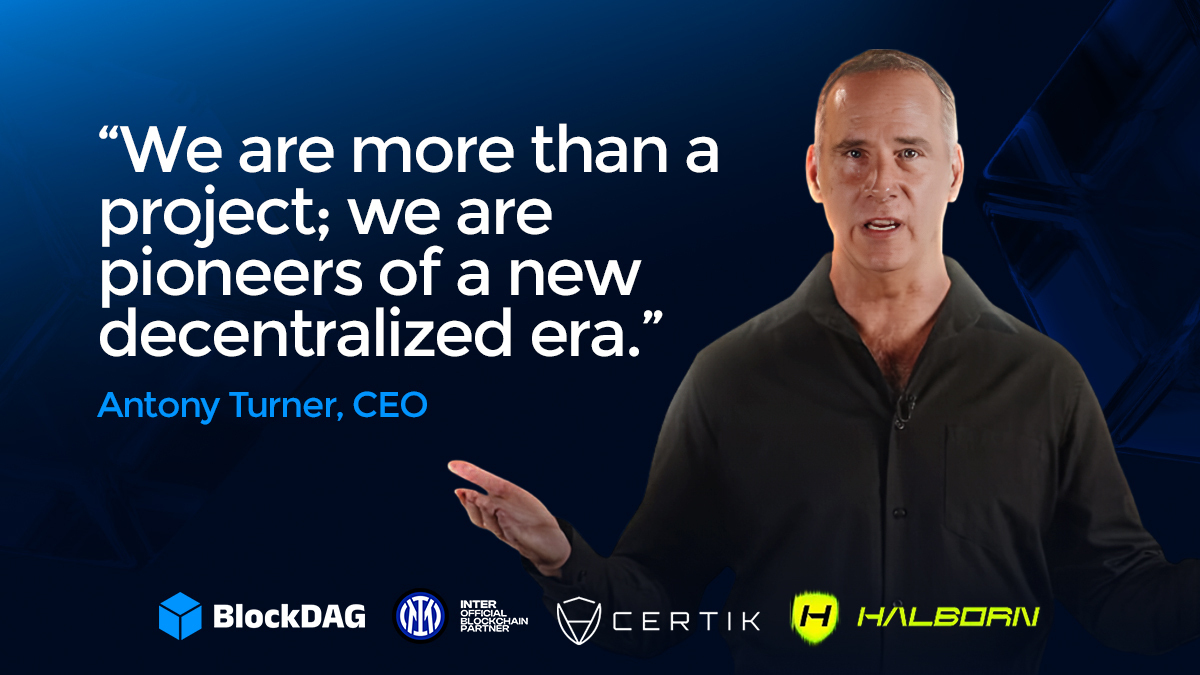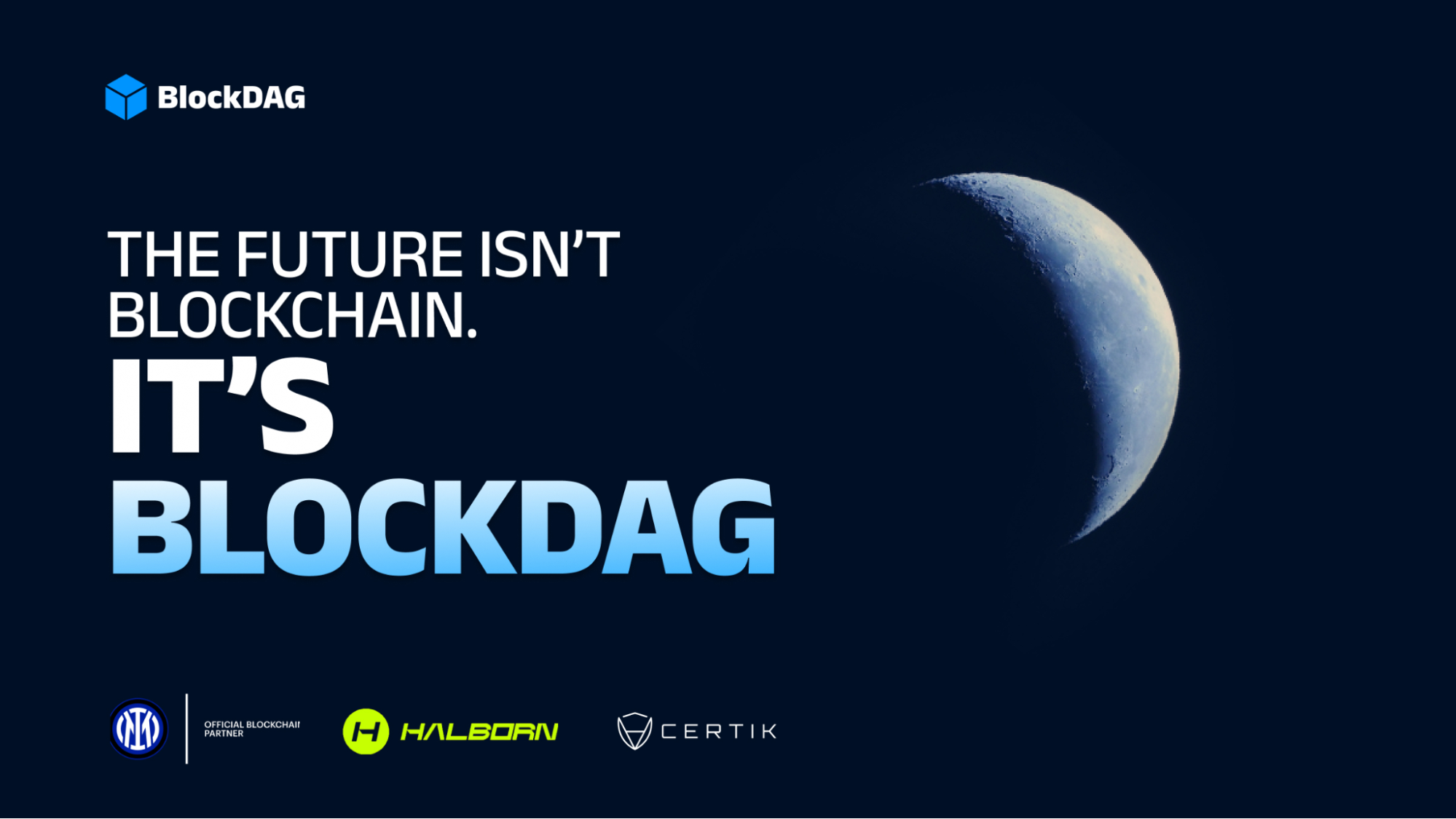When momentum shifts in crypto, scalability often becomes the deciding factor. While Ethereum smart contracts continue to attract developers and Pepe coins show signs of post-rally consolidation, a different kind of structural solution is gaining attention. BlockDAG introduces a distinctive edge through parallel block generation, which allows multiple blocks to be processed at once.
Unlike traditional blockchains, this framework significantly reduces network congestion and improves throughput. As transaction-heavy applications demand faster infrastructure, BlockDAG’s technical model presents a practical response. Among current projects, its architecture stands out not just for theory, but for real-time performance backed by investor traction and presale growth.
Parallel Block Generation Powers BlockDAG’s High Scalability
BlockDAG’s architectural model stands out by solving one of blockchain’s most persistent issues: scalability. At the heart of its performance lies a key structural advantage: parallel block generation. In contrast to traditional blockchains that rely on linear block production, BlockDAG allows multiple blocks to be created and validated simultaneously. As a result, this approach significantly reduces transaction bottlenecks and network latency, particularly during periods of high activity.
Consequently, this parallelism transforms the network into a high-throughput system, making it well-suited for large-scale use cases across finance, supply chains, gaming, and smart contracts. Moreover, by processing several blocks concurrently, BlockDAG not only enhances speed but also increases resilience, since validation is distributed across a broader set of paths rather than a single sequential chain.
This advantage, in turn, is one of the main drivers behind investor confidence. With over $272 million raised in its presale, more than 21.3 billion coins sold, and an ROI of 2,520% since batch 1, the numbers speak to strong demand. Currently, in batch 28, the token price stands at $0.0262, while a limited-time offer of $0.0020 is live until June 13th. Together, these figures highlight BlockDAG as a choice for the best crypto for higher returns, especially for those seeking early entry into a project with clear scalability potential.
Ultimately, BlockDAG’s architecture isn’t just theoretical, it’s being validated in real-time by both the market and its network performance. As such, as demand for efficient, scalable solutions increases, BlockDAG’s technical foundation gives it a measurable edge.
Pepe Coins Cool Off After Rally: What the Latest Update Signals
The latest Pepe PEPE coins update reflects a slowdown in momentum following a strong monthly rally that captured significant trader interest. After reaching a local high of $0.000015, PEPE is now consolidating as traders assess whether recent gains have staying power. Even though the price has retreated, current support levels around $0.000012 suggest that holders are still showing confidence in the asset’s potential.
Meanwhile, trading volume has declined, indicating reduced speculative activity, yet PEPE’s social media traction and liquidity remain intact. In terms of technical indicators, momentum appears neutral, with the Relative Strength Index (RSI) cooling off from overbought levels. Analysts are watching for a decisive move above the resistance line to reestablish a bullish setup.

All things considered, while the current cooldown phase might appear stagnant, it could also represent a period of accumulation. For those following the Pepe PEPE coins update, upcoming trading sessions will be key in determining whether this pause turns into a new breakout or a deeper correction.
Ethereum Smart Contracts Surge: A Sign of Growing On-Chain Activity
Ethereum has witnessed a significant rise in smart contract deployments in 2025, reaching levels comparable to its 2021 peak. This increase, in turn, indicates a resurgence in developer engagement and on-chain activity, suggesting a robust demand for decentralized applications and services. Notably, the rise in smart contract creation reflects Ethereum’s continued relevance and utility in the blockchain ecosystem.
However, despite this positive development, Ethereum’s price has experienced volatility, with fluctuations between $1,400 and $3,700, currently stabilizing around $2,500. Even so, analysts remain optimistic, projecting potential growth to $4,000 in the upcoming quarter, driven by the sustained momentum in smart contract deployments and increased accumulation by large holders.
Additionally, the recent Pectra upgrade, aimed at enhancing scalability and efficiency, further bolsters Ethereum’s position as a leading platform for decentralized applications. Taken together, these factors underscore Ethereum’s resilience and its pivotal role in the advancement of blockchain technology.
BlockDAG’s Parallel Structure Sets a New Scalability Standard
As performance demands grow, BlockDAG presents a clear technical shift through its use of parallel block generation. While Ethereum maintains its smart contract appeal and Pepe coins draw speculative interest, BlockDAG focuses on structural efficiency. Its ability to process multiple blocks at once positions it for use cases where speed and volume are critical. With over $272 million raised and a presale ROI exceeding 2,500%, interest reflects more than market hype, it points to confidence in a functional model.
For those evaluating the best crypto for higher returns, architecture like BlockDAG may hold greater relevance than short-term price movements.
Presale: https://purchase.blockdag.network
Website: https://blockdag.network
Telegram: https://t.me/blockDAGnetworkOfficial
Discord: https://discord.gg/Q7BxghMVyu
Press releases or guest posts published by Crypto Economy have been submitted by companies or their representatives. Crypto Economy is not part of any of these agencies, projects or platforms. At Crypto Economy we do not give investment advice, if you are going to invest in any of the promoted projects you should do your own research.








